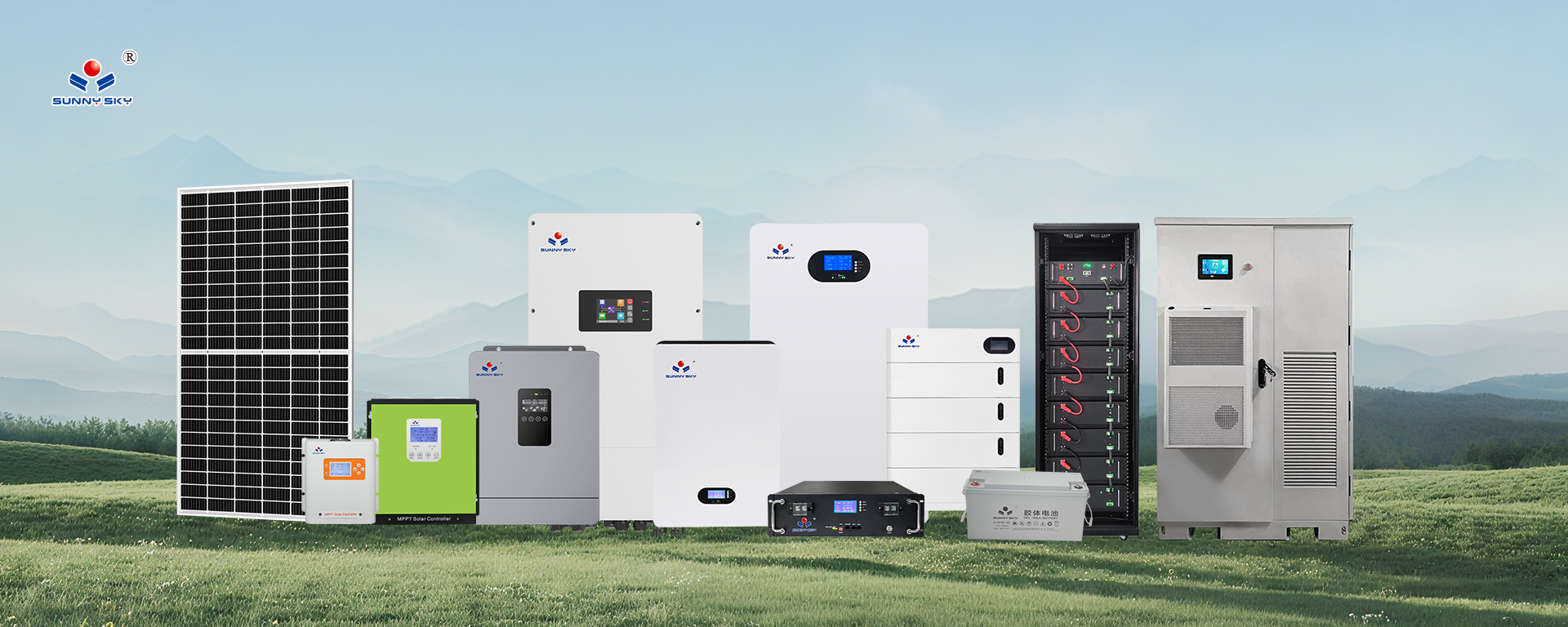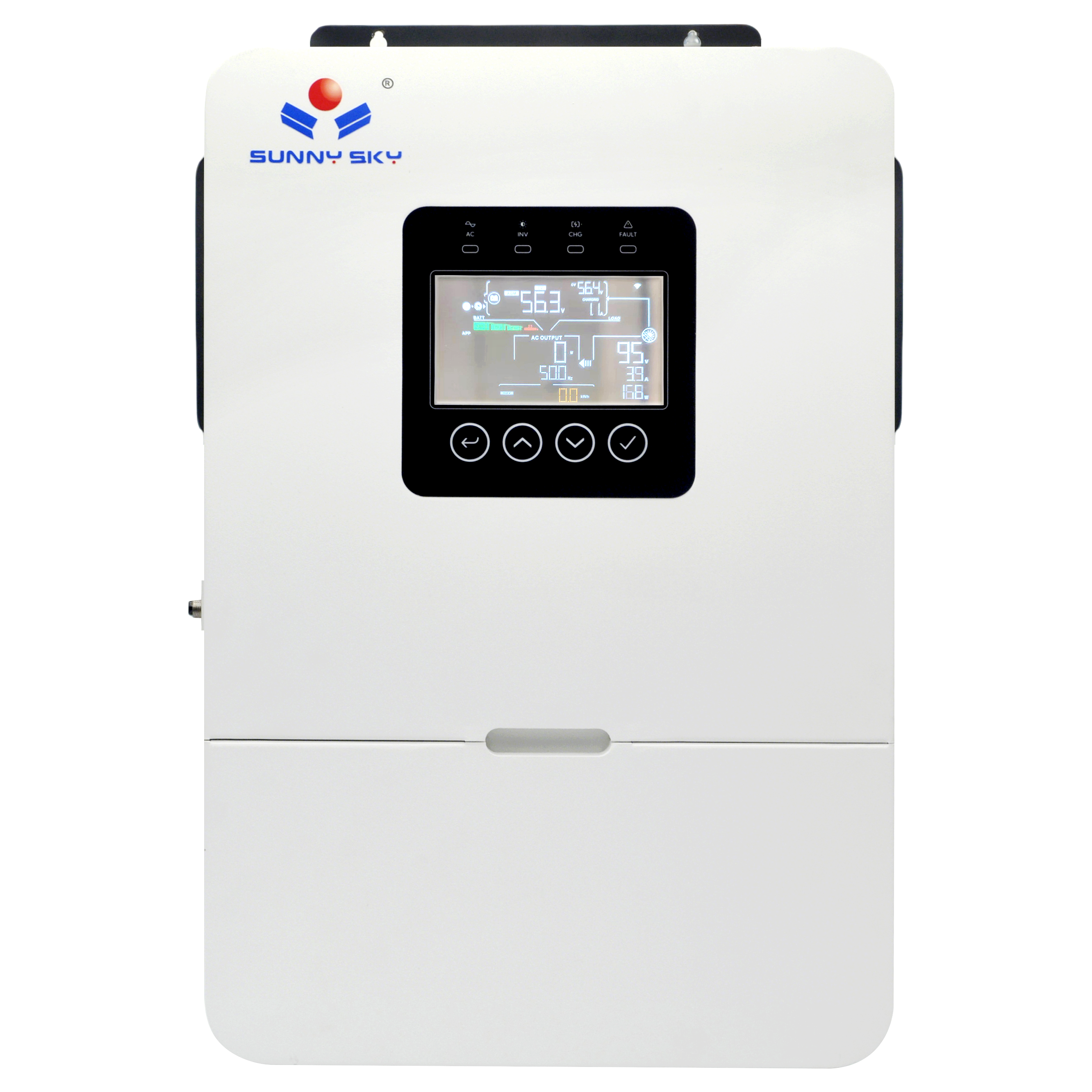Solar inverter technology is rapidly transforming the renewable energy landscape, driving a shift towards more sustainable and efficient power solutions for homes and businesses alike. As the world increasingly embraces solar energy, solar inverter plays a pivotal role in converting direct current from solar panels into usable alternating current, making it essential for modern energy systems. This trend analysis explores the evolving dynamics of solar inverters, highlighting innovations that are shaping the future of clean energy.

Emerging Trends in Solar Inverter Efficiency and Technology
In recent years, the solar inverter market has seen a surge in efficiency improvements, with solar inverter efficiency becoming a key focus for manufacturers. Advanced models, such as hybrid solar inverters, are gaining traction by seamlessly integrating solar, grid, and battery power to optimize energy use. Off-grid solar inverters are particularly noteworthy, as they enable independent power generation in remote areas, reducing reliance on traditional grids. According to industry reports, solar inverter efficiency has improved by up to 20% over the last five years due to innovations like MPPT (Maximum Power Point Tracking) technology, which maximizes energy harvest from solar panels. Solar inverter manufacturers are also emphasizing durability and smart features, with products like the Sunny Sky 6KW Hybrid Solar Inverter exemplifying this trend through its adaptive algorithms and real-time monitoring capabilities. This hybrid solar inverter not only ensures uninterrupted power but also adapts to varying energy demands, making it a cornerstone for hybrid solar inverter adoption in residential settings. As solar power inverter designs evolve, we're witnessing a move towards more compact and user-friendly options that enhance overall system performance without compromising on reliability.
The Impact of Pricing and Accessibility on Market Growth
Solar inverter price has become a critical factor in the widespread adoption of these devices, with competitive pricing strategies making solar energy more accessible to the average consumer. Factors such as solar inverter for home applications are driving demand, as homeowners seek cost-effective ways to reduce their carbon footprint and energy bills. Hybrid solar inverter models, in particular, offer excellent value by combining multiple functions into one unit, which lowers the overall solar inverter price compared to traditional setups. Solar energy inverter warranties are also improving, with many manufacturers extending coverage to 10 years or more, assuring buyers of long-term reliability. For instance, the Sunny Sky 6KW Hybrid Solar Inverter provides a comprehensive warranty that underscores the product's quality and the company's commitment to customer satisfaction. This trend towards affordability is accelerating the global shift to solar power, as solar inverter for home use becomes a standard feature in eco-friendly households. Manufacturers are innovating to balance cost and performance, ensuring that solar inverter price doesn't hinder the broader adoption of sustainable energy solutions.
Future Outlook: Hybrid Solutions and Sustainability Trends
Looking ahead, the integration of solar inverters with smart home systems and renewable energy storage is set to define the next wave of trends, particularly with the rise of hybrid solar inverter technologies. Solar inverter warranty and product longevity are becoming key selling points, as consumers prioritize devices that offer long-term value and environmental benefits. Off-grid solar inverter solutions are expanding into new markets, supporting off-grid communities and disaster-prone areas with reliable power. The Sunny Sky 6KW Hybrid Solar Inverter, with its sleek design and compatibility with various battery types, represents the future of personalized energy management, allowing users to monitor and control their systems via intuitive interfaces. As solar power inverter innovations continue, we can expect greater emphasis on energy independence and reduced emissions, driven by increasing awareness of climate change. Overall, the solar inverter sector is poised for exponential growth, with these trends paving the way for a greener, more efficient world.







